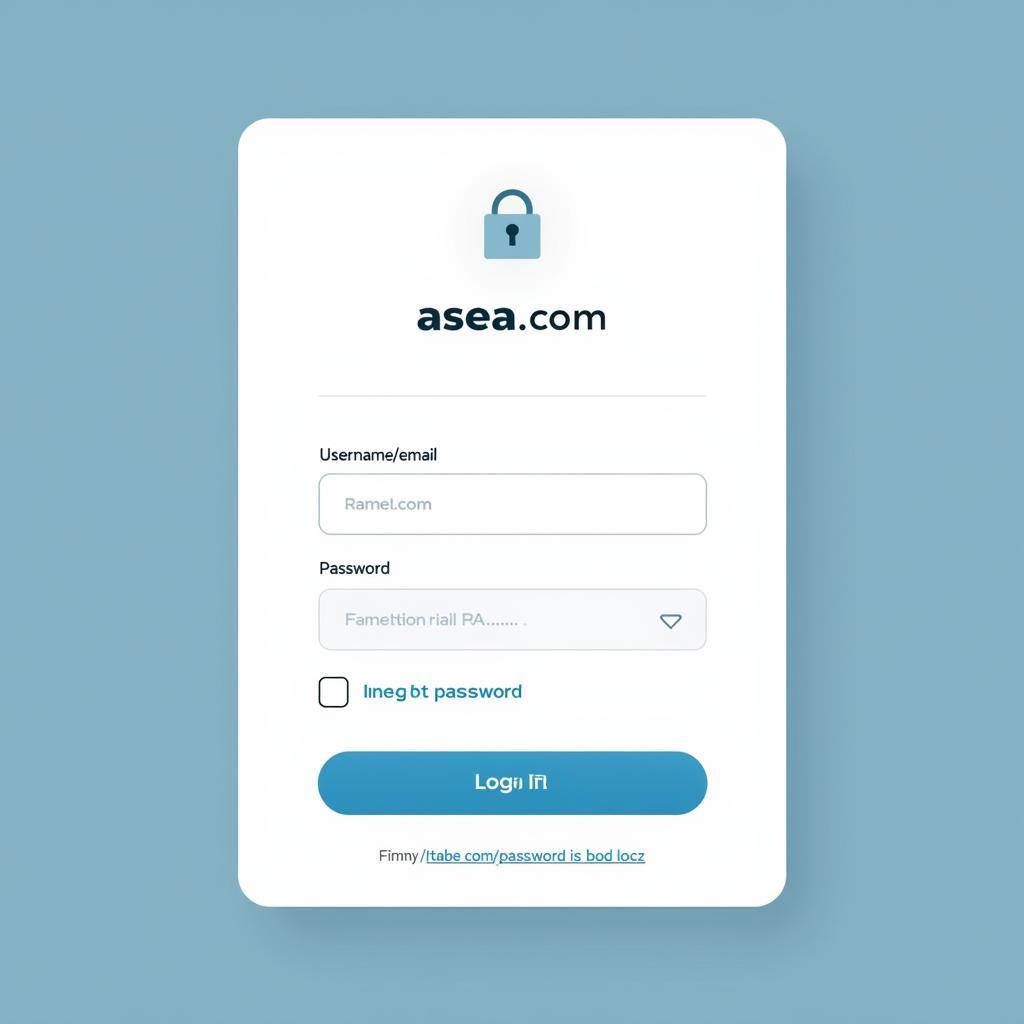ASE archive recovery and Oracle Flashback are both powerful mechanisms for data recovery, offering unique advantages and addressing specific scenarios. Understanding their core differences is crucial for choosing the right approach for your database environment, especially when dealing with accidental deletions, data corruption, or the need to rewind to a specific point in time.
Understanding ASE Archive Recovery
ASE, or Sybase Adaptive Server Enterprise, employs archive recovery as its primary method for restoring data to a consistent state. This process involves restoring a full backup and subsequently applying transaction logs to roll the database forward to a desired point in time or transaction. This method is comprehensive, allowing for granular recovery, but can be time-consuming depending on the volume of transaction logs involved. It’s your safety net for major incidents, ensuring a complete restoration of your valuable data. Think of it as reconstructing a building brick by brick – methodical and thorough.
ASE archive recovery also provides flexibility in recovery scenarios. You can restore to a specific point in time, a marked transaction, or even undo a specific transaction. This granular control is invaluable in situations where pinpoint accuracy is required.
Exploring Oracle Flashback Technology
Oracle Flashback technologies offer a more versatile and often quicker approach to data recovery. Rather than restoring from backups and applying logs, Flashback leverages information stored within the database itself to reconstruct past states. This method is particularly effective for quickly undoing user errors or investigating historical data. Think of it as rewinding a movie – quickly revisiting a previous scene.
Flashback Database, for instance, allows you to rewind the entire database to a specific point in time, effectively undoing changes made since that moment. Flashback Drop allows you to recover dropped tables and other objects with a simple command. Flashback Query, another powerful tool, enables you to view data as it existed at a past time, without actually modifying the current database state.
Key Differences: ASE Archive Recovery vs. Oracle Flashback
One of the key distinctions between these two recovery methods lies in their performance. Oracle Flashback generally offers faster recovery times, particularly for smaller-scale recoveries, as it doesn’t involve the physical restoration and application of backup files. ASE archive recovery, while offering greater flexibility and granularity, can be more time-consuming, especially for large databases or extended recovery periods.
Another crucial difference lies in the storage requirements. ASE archive recovery necessitates the storage and management of backup files and transaction logs, which can consume significant disk space. Oracle Flashback, on the other hand, leverages the database’s internal mechanisms, minimizing the need for separate backup storage.
“Understanding the nuances of each recovery method is paramount for ensuring business continuity,” says David Miller, a Senior Database Administrator with over 20 years of experience. “Choosing the right approach depends heavily on your specific recovery needs and the acceptable downtime window.”
Which Approach is Right for You?
The choice between ASE archive recovery and Oracle Flashback depends heavily on your specific needs and environment. If you prioritize speed and minimal storage overhead for smaller-scale recoveries, Oracle Flashback might be the ideal choice. However, if you require granular recovery to a specific transaction or need to recover from a major data loss scenario, ASE archive recovery offers the necessary robustness and flexibility.
Conclusion: Ensuring Data Resilience
Both ASE archive recovery and Oracle Flashback are indispensable tools in a database administrator’s arsenal. Understanding their strengths and limitations allows you to tailor your recovery strategy to your specific requirements, ensuring data resilience and minimizing the impact of data loss or corruption. Choosing the right approach – Ase Archive Recovery Versus Oracle Flashback – is a critical step in safeguarding your valuable data assets.
FAQ
-
What is the fastest recovery method between ASE archive recovery and Oracle Flashback?
Oracle Flashback is generally faster. -
Does Oracle Flashback require backups?
No, it utilizes information within the database. -
Can ASE archive recovery restore to a specific transaction?
Yes, it allows for granular recovery to a specific transaction. -
Which method requires more storage space?
ASE archive recovery, due to backup and log storage. -
Is Oracle Flashback suitable for major data loss scenarios?
While useful for smaller recoveries, Flashback Database can be used for larger incidents but might be less efficient than traditional backup and restore. -
What is the primary advantage of ASE archive recovery?
Its comprehensive and granular recovery capabilities. -
What is the primary advantage of Oracle Flashback?
Its speed and minimal storage overhead for smaller recoveries.
“In critical situations, having a robust recovery plan can mean the difference between business continuity and disaster,” adds Maria Sanchez, a Database Consultant specializing in recovery strategies. “Don’t underestimate the importance of regular backups and thorough testing of your recovery procedures.”
Need help choosing the right approach or implementing a robust recovery strategy? Contact us!
Phone: 0369020373
Email: aseanmediadirectory@gmail.com
Address: Thon Ngoc Lien, Hiep Hoa, Bac Giang, Vietnam.
We have a 24/7 customer support team ready to assist you.

